How to feed the tits?

The cities are home to many birds. Some fly away to warmer regions for the winter, and there are those who live in a certain place all year round. One of the smallest birds in the city is the titmouse. These yellow-chested birds find something to profit from in spring, summer and autumn, and they have a hard time in winter. To help titmice in winter and at any other period, you need to know what you can feed them and what you should not give.
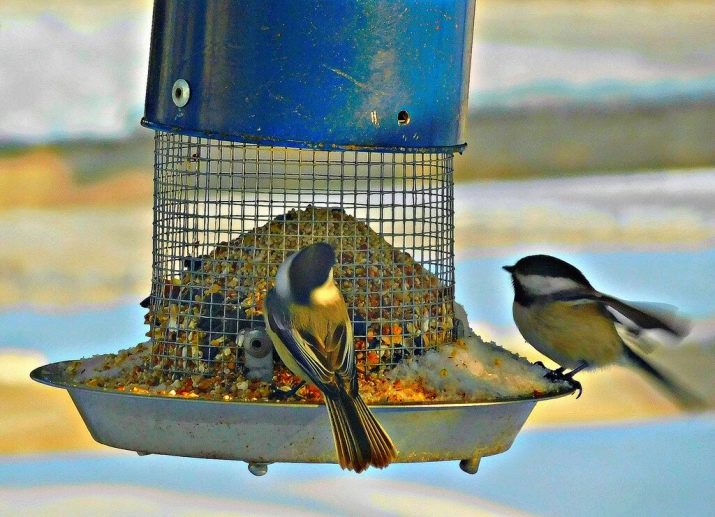
What do they eat in nature?
Tits are small birds that can be seen in parks, forests, and other places. These birds can live both next to humans and away from humans. Most people believe that there are only a few species of these birds, but in fact there are more than 65 species.
Tits vary in size, color, and other features, but each of them needs a stable power source.
In the warm season, it is easier for birds to find food, due to the presence of insects, berries and cereals in the fields. In winter, this task becomes much more complicated, because human help will not be superfluous. If we talk about the diet of the titmouse, then in nature it eats:
- insects - leaf beetles, weevils, butterflies, spiders, mosquitoes, flies, aphids, ants, wasps and bees;
- seeds - pumpkin, linseed, sunflower (only raw);
- sap of trees - maple and birch (relevant in the spring).
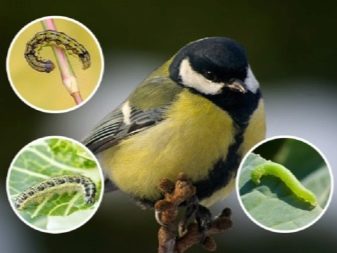
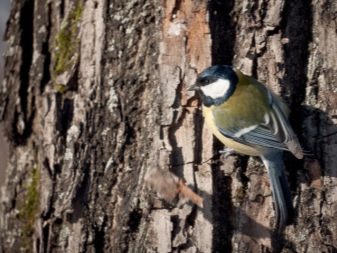
In order to spend the winter calmly, tits make supplies for the winter, they catch insects and hide them in the bark of trees. Another source of food during the cold season is deciduous bedding, which is regularly dug up by wild animals in search of food.If a titmouse is left without a food source, it seeks help from a person, regularly checking the contents of the feeders and living near high-rise buildings, where there is a high probability of receiving feeding from numerous residents.
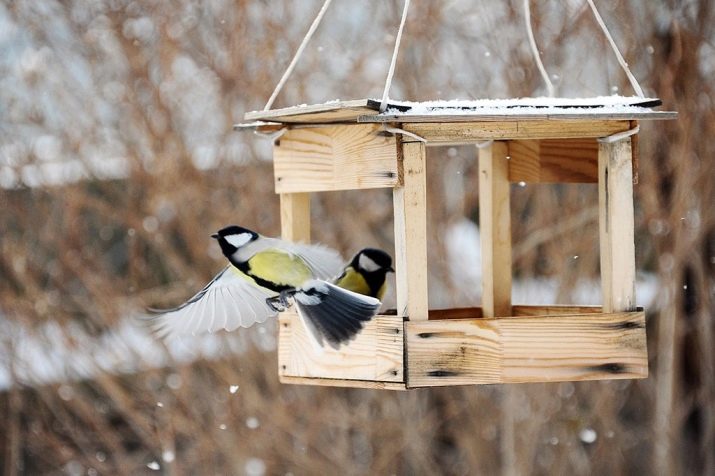
What can you put in the feeder?
Despite the fact that the titmouse seems to be omnivorous, and many believe that everything can be given to it, there are quite clear recommendations as to what is suitable for these birds and what is strictly prohibited. When planning to make a feeder or pour food into an already finished product, it is important to inquire about the diet of these birds, what they like and what they don't.
Foods recommended for titmice include:
- cereals and seeds;
- rowan, elderberry, hawthorn, blueberry and others;
- seeds collected from trees;
- weed seeds;
- nuts;
- lard or pigskin;
- yeast-free bread.

If desired, you can give the titmouse cottage cheese without additives to replenish the protein supply in the bird's body. Feathered and boiled eggs are well eaten, protein mixed with yolk and any other additive allows you to saturate the body and make a good supply of nutritional reserves and energy. Fruits are very useful food, they can be fresh or dried (apples, berries of different cultures).

To take care of the health of the tits in winter, it is important to fill the feeders with them in a timely manner and carefully monitor what is in them. If you give a bird food that is harmful to it, then instead of help, the person will only bring harm, and the bird will most likely die.
In the spring, it is also necessary to feed the birds, especially if the snow has not melted yet and the weather is frosty. A person can prepare food with their own hands or buy a ready-made version at a pet store.
The best way to help titmice get through the winter is by feeding them nutritious foods, but in moderation. If you fill the feeder regularly, the birds will only eat there and will stop looking for their own food, which means they will not be able to take care of themselves in the absence of a person. Feathered food should be given as a snack to keep the tits alive on particularly harsh cold days.
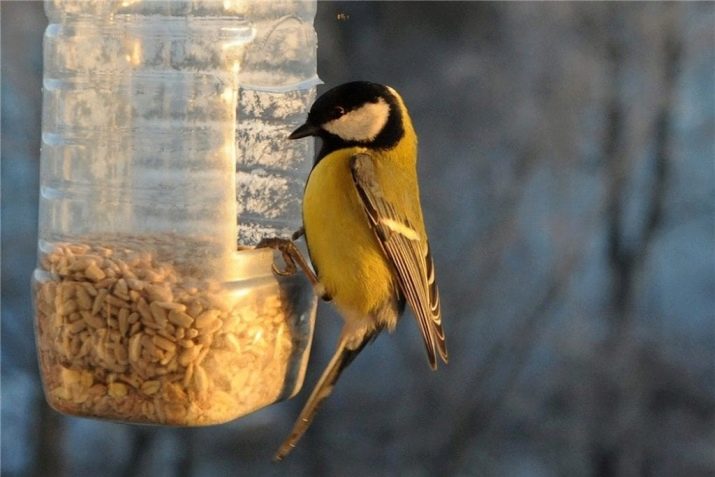
Cereals
One of the simplest and most affordable food options for tits is cereals. It is very important to know that not all options can be given raw, some cereals must be boiled. The most popular are:
- millet;
- oats;
- millet;
- wheat;
- rice.

Dry and raw cereals are not suitable for feeding tits, therefore they can be boiled or given more pliable food for eating. When boiling cereals, it is important not to add salt or seasonings. Barley and millet are among the options that must be pre-treated before sprinkling on the birds.
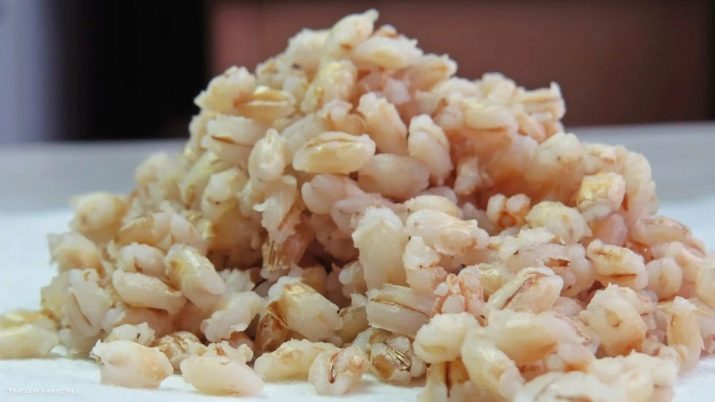
Tits can do with cereals alone as top dressing, but if desired, a person can significantly diversify the diet of birds.
Seeds
In addition to cereals, you can please the tits and seeds. Best of all, yellow-breasted birds eat sunflower seeds, flax, corn, pumpkin. It is better to chop or grind large seeds to make them easier for birds to eat. To make your meal more complete, you can melt butter and add seeds to it. Such food will become more nutritious and energy intensive for birds.
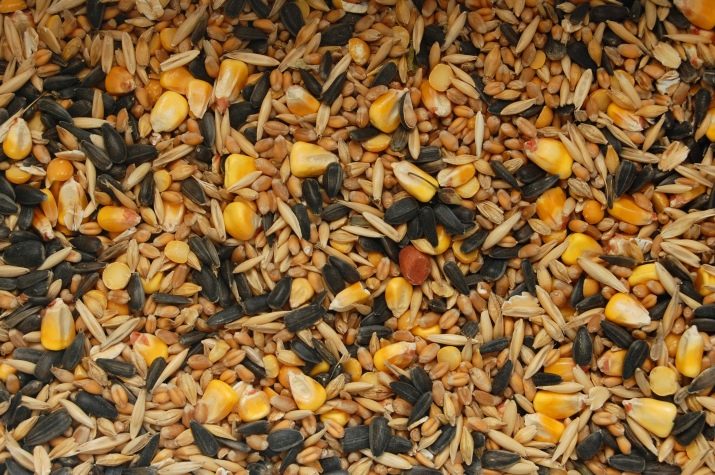
An excellent treat for tits are tree seeds: pine, spruce, linden, maple, birch and more. They will allow you to be satisfied and not perish in severe frosts. In addition, you can collect seeds from weeds - horse sorrel and burdock are best suited for this. There are other crops, the seeds of which can be used for feeding by the titmouse in the autumn-winter period. Bird lovers can observe what they eat in nature, what they love most and how they get their food.
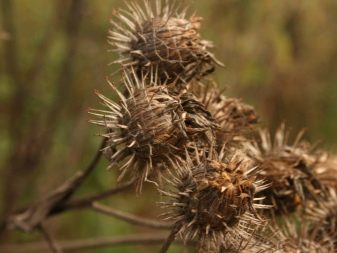
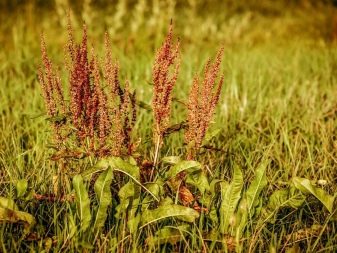
A person, as a helper of nature, must be able to properly take care of the representatives of the fauna. When preparing seeds for tits for storage, it is important to dry them well, put them in a place where rodents cannot reach them.
In the process of harvesting seeds, it is important not to treat them with any chemicals, not to use salt or other flavors.
Nuts
Nuts are another food source for tits. In nature, there is a sufficient variety of these cultures, therefore it will not be difficult for a person to find the most favorable options for tits. Among the most demanded, it is worth noting:
- walnuts;
- peanut;
- almond.
All these delicacies must certainly be raw, without any processing by humans. For ease of use, you need to grind the nuts by hand or using a blender, mill. Various food options for titmice will provide them with a comfortable environment throughout the winter.
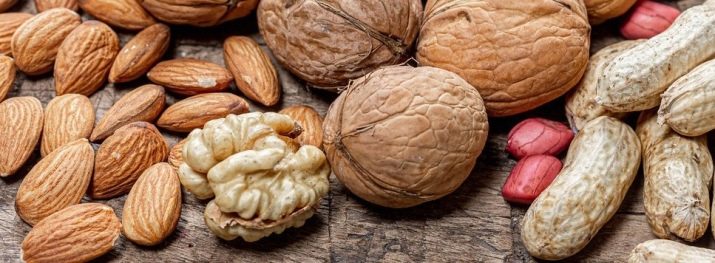
Other
To diversify the diet of tits, you can add other types of food to it. Watermelon and melon seeds will be quite tasty and nutritious, especially in combination with cereals. If you melt lard or butter and mix it with seeds and cereals, then freeze the workpiece, you get an excellent treat for birds.
A healthy and tasty meal will be raisins, dried cherries and chokeberries. If you have dairy food at home, you can also share it with the titmouse. A boiled egg will appeal to these birds. If you grate the yolk and add any other components to it, the birds will receive a nutritious and healthy feeding.
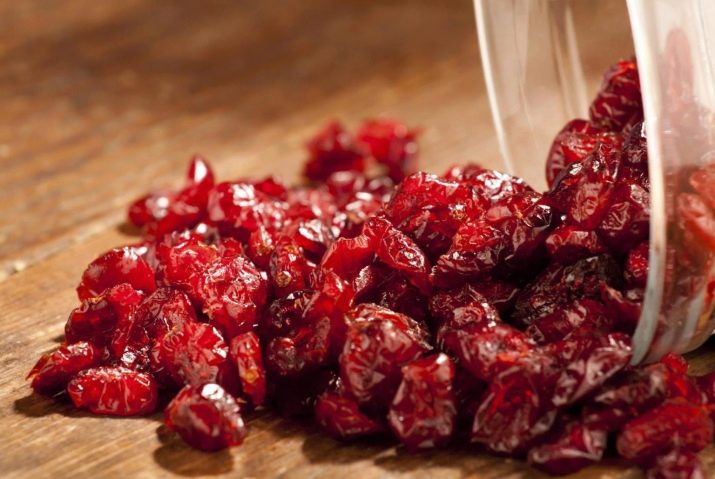
Cheese is also a food that can be fed to tits. The main rule is to make sure that the product is unsalted or lightly salted. A piece of cheese is cut into 5 mm cubes and placed in a feeder. If necessary, you can boil a piece of lean meat or fish and cut it into small pieces for poultry.
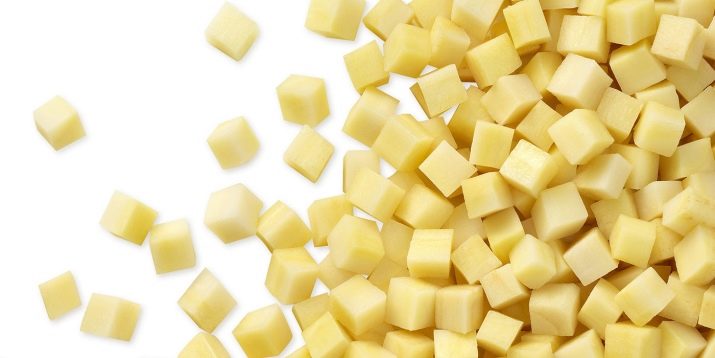
If you need to feed the chicks, you should add parsley and salad to the diet, chopping them finely. In the warm season, you can take care of the water source for the birds by pouring boiled water on them.
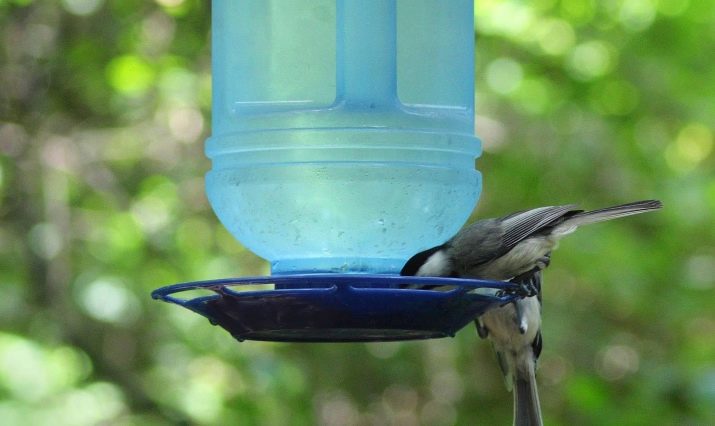
It is especially important to give clean liquid to the chicks.
When choosing food for tits, it is important to navigate what is useful and necessary for them, and what is destructive. The correct approach to feeding the birds will allow them to live in the city without any problems all year round, without experiencing any discomfort in finding food.
Can I feed the parrots?
If you have a strong desire to help the tits survive the cold and lack of food, you can make a feeder and regularly fill it with food. Food for these birds can be very different, you can cook it yourself, which takes a lot of time and money, or you can buy it at a pet store.
On the shelves of such stores, you can find a huge amount of a wide variety of feeds, which will make it difficult to make the right choice. In order not to be mistaken and buy exactly what is possible, needed, healthy and tasty for tits, you can buy the following products:
- food for insectivorous birds;
- food for parrots;
- grain mixes for canaries.
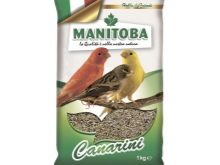


The composition of such products is selected as accurately as possible for birds and does not contain components that are harmful and tasteless for them. In the absence of time to prepare food on your own, you can buy food for parrots and safely give it to tits. They will eat most of the ingredients with pleasure, and the rest can be nibbled by other birds that remain to winter.

What can not be fed to tits?
Having figured out what titmice love, and what suits them best, it is worth talking about what should not be poured into the feeder for these birds. Prohibited foods that lead to disease and sometimes death of birds include:
- yeast, black and rye bread - any food that can ferment is a potential threat to tits;
- fried sunflower seeds - negatively affect the liver;
- seeds obtained from the pits of cherries, peaches and apricots - the presence of hydrocyanic acid in them is harmful even for humans, therefore they cannot be eaten by birds;
- salted, smoked bacon and fish - cause problems with digestion;
- peas, potatoes, cabbage and other similar products - they cause fermentation, potatoes contain components that are dangerous for the life of birds;
- dry and raw cereals such as millet, which have no taste and nutritional value, which means they are useless for poultry;
- mushrooms - they often accumulate harmful substances that are poorly tolerated by the body of tits;
- canned food - vinegar, spices, salt and other components harmful to birds are used for their preparation;
- food for cats and dogs - their composition is absolutely not suitable for birds;
- any stale food.
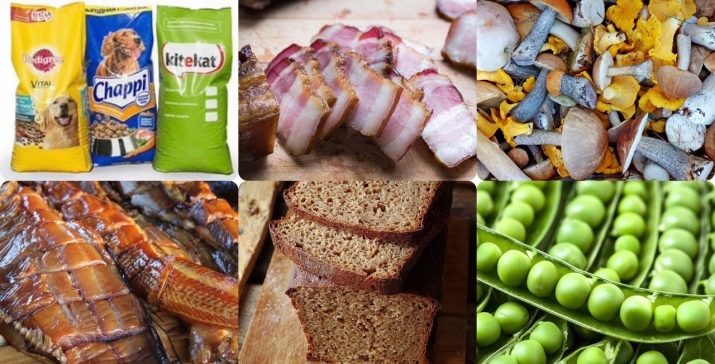
There is a fairly large list of food contraindications that relate to feeding tits. People who are interested in helping wintering birds should definitely know it, so as not to harm the already weakened birds.

The correct diet, diet and the ability to independently obtain food in nature, in addition to the feeder, allow the tits to easily survive any frosts year after year, delighting people with their sonorous singing.








